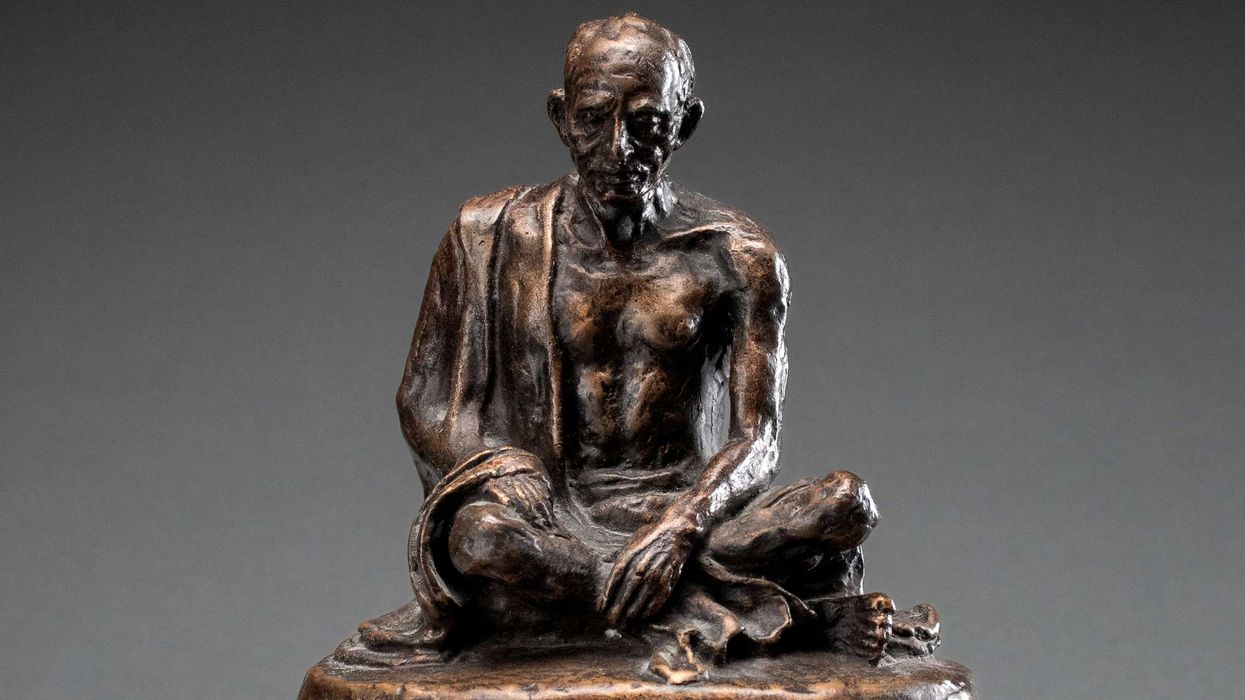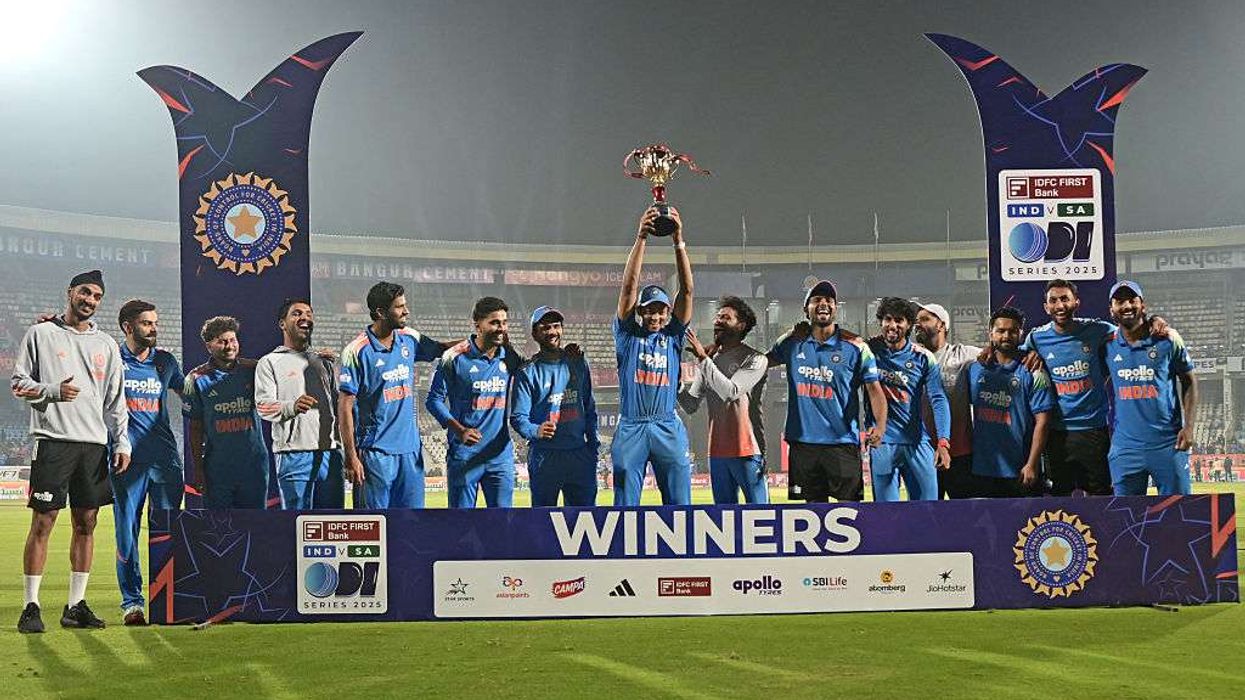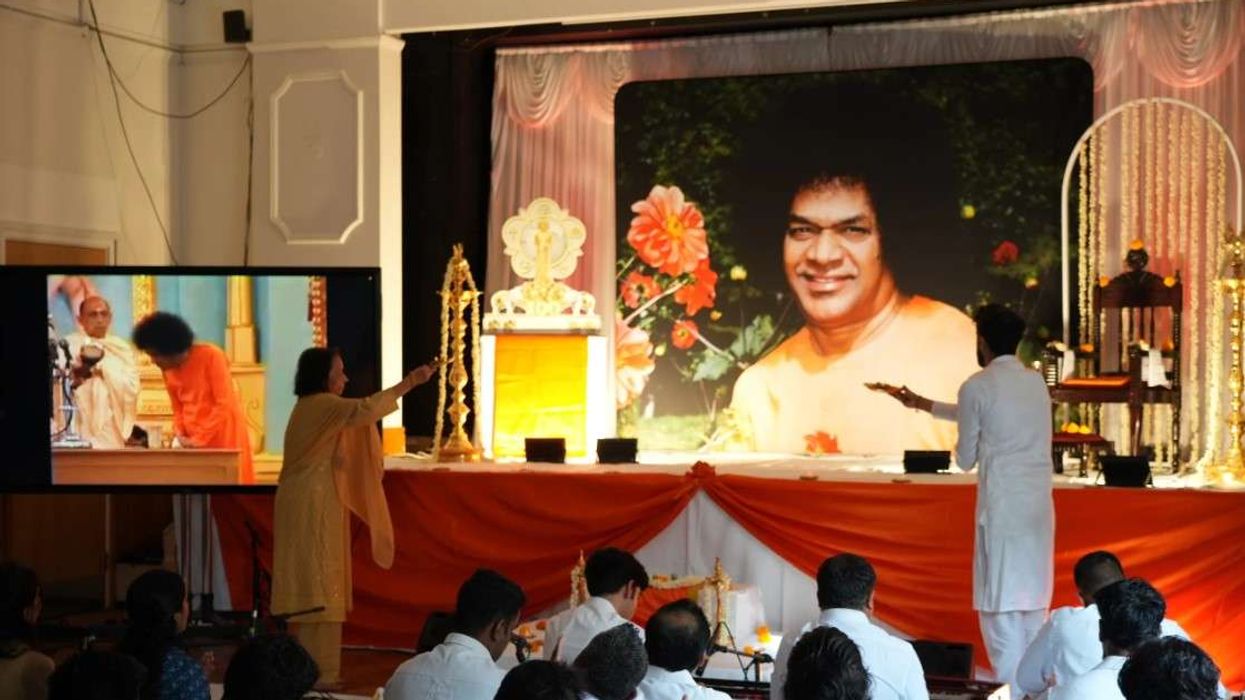Exploring Mesenchymal Stem Cells and Their Accessibility in Parkinson’s Disease Treatment
Parkinson’s disease is a progressive neurodegenerative disorder in which the patient has various motor symptoms. In the later Parkinson’s disease stages, the motor symptoms worsen, and the patient also develops nonmotor symptoms.
Parkinson’s disease is believed to be caused due to the loss of dopaminergic neurons in the substantia nigra pars compacta, which is part of the basal ganglia. The loss of neurons leads to movement slowing, as seen in Parkinson’s disease. Patients with Parkinson’s disease have characteristic symptoms such as bradykinesia (slow movements), rigidity, resting tremors, walking instability, and falls. Some non-motor symptoms include expressionless faces, sleep disturbances, depression, and cognitive decline.
Although the mechanism of Parkinson’s disease is understood to a certain extent, the current treatments only slow down the process for a bit before becoming ineffective. But with stem cells, researchers hope to change the landscape of Parkinson’s disease treatment options and hopefully provide patients with an option that not only significantly slows down disease progression but also manages to improve them.
Understanding the Financial Aspects of MSC Therapy for Parkinson’s Disease
Mesenchymal stem cell therapy is not new, but its use for Parkinson’s disease is somewhat new. It is also more costly than the normally used treatment options, oral medicines.
MSC therapy requires a lot of steps and procedures, and to ensure the procedure's safety, a lot of money is spent on the technology. MSC is not as simple as extracting and injecting cells into the patient. Some various steps and conditions need to be taken care of.
When the cells are extracted, whether from the patient or the donor, they must be extracted carefully and in a sterile environment. Then, they must be cultured with the appropriate growth factor before being injected into the patient. If, at any point, something goes wrong, the entire procedure fails. So, higher costs also ensure higher success rates.
The cost is not just for the procedure but also for evaluations before and after the procedure. So, patients must spend money to get tested to ensure they are suitable candidates. After the procedure, they must follow up with the doctor regularly to ensure that everything is going to plan. All this adds to the cost, too.
What factors determine the cost of MSC Therapy for Parkinson’s Disease?
Like any treatment option, various factors determine the cost of stem cell therapy for Parkinson’s disease. Five significant factors influence the cost of the therapy. These factors are –
- The type of cells used.
- The sourcing of the cells.
- The number of cells acquired.
- The lab in which the cells are cultured.
- The quality of the cells used.
Adult stem cells, such as mesenchymal stem cells, are cheaper than embryonic stem cells, but the cost is still high. These procedures are also conducted in highly regulated and top-of-the-line labs and facilities, which further adds to the cost of the procedure.
Unlike a simple procedure for localized pain, the injection of stem cells for Parkinson’s disease is more complex, adding to the cost.
Does insurance cover MSC Therapy for Parkinson’s Disease treatment?
Currently, very few stem cell therapies are covered by insurance, and unfortunately, stem cell therapy for Parkinson’s disease is not one of them. However, you should consult various insurance providers to see what can be done.
How accessible is MSC Therapy for Parkinson’s Disease?
Since using stem cells to treat Parkinson’s disease is new, the therapy is not available as widely as some other stem cell therapies. It is also not available for patients at all Parkinson’s disease stages, as the results are better when treatment is undergone at an earlier stage.
But, there are still various places conducting this treatment that can produce promising results. You can find even more information about it by consulting experts at Swiss Medica Clinics.
What are the potential financial and logistical challenges of pursuing MSC Therapy for Parkinson’s Disease?
One of the biggest hurdles from a patient’s perspective is the cost of the therapy. It is also not a simple procedure that can be done in a single day and requires a lot of testing and follow-up visits.
Even if the cells are taken from the patient themselves, the procedures are rather complex and require a lot of technology, optimum storage, and working conditions to ensure the best results. The injection of these cells into the patient after being replicated is also a complex task and requires a lot of expertise. So, the procedure is only offered by a handful of reputable institutes.
Affordability and Accessibility of Mesenchymal Stem Cell Therapy for Parkinson’s Disease
Neurodegenerative diseases like Parkinson’s disease can be very difficult for both the patient and their family. But with advancements in science and new treatment options like stem cell therapy, there is hope for these patients.
Although the cost of stem cells to treat Parkinson’s disease are not minimal, the results can be rather promising. They can help improve the patient’s quality of life rather significantly. If you are in need of such a treatment, you can check out one of the most prominent clinics in this field, Swiss Medica in order to receive more information.





 Mareyah Bhatti , a sustainability strategist and passionate home cookMareyah Bhatti
Mareyah Bhatti , a sustainability strategist and passionate home cookMareyah Bhatti






